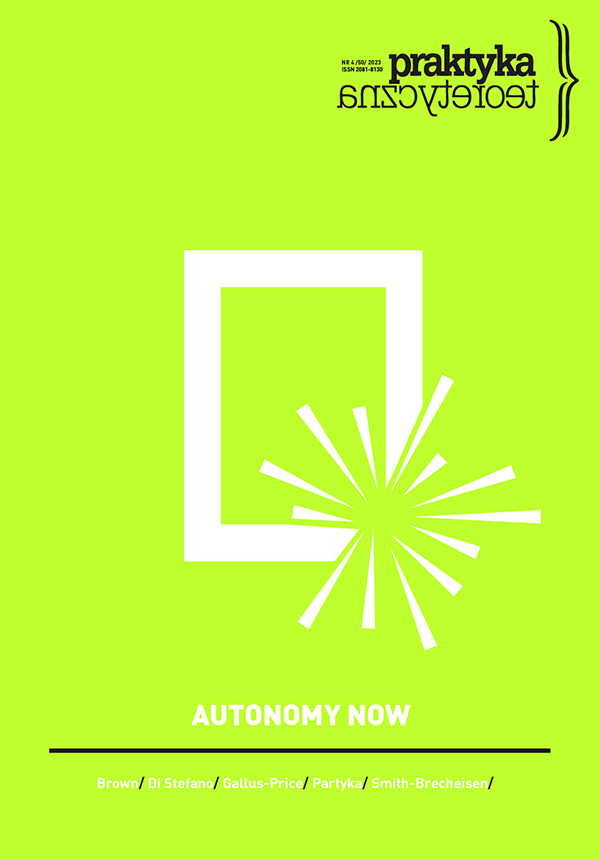

Articles

In the late 20th-century, landscape photographs that were never meant as art come to play a central role in the critique of one notion of what art is. Rosalind Krauss begins her attack on Modernism by mobilizing the indexical qualities of the photograph, holding up Timothy O’Sullivan’s 19th-century landscape photographs as the exemplar. This essay considers Krauss’s model in relation to César Aira’s contemporary revival of the 19th century landscape painter Johann Moritz Rugendas who is conceived, I argue, under the sign of the photograph. Conceptually recasting the landscape— the locus classicus for the crisis of Modernist art— through Rugendas, Aira transforms the painterly genre into an alternative neuro-aesthetically charged “procedure.” Aira’ s landscape painter turned photographer serves, I contend, both as an emblem for Aira’s own relation to writing and as an artifact of Krauss’s post-Art world.

This work is licensed under a Creative Commons Attribution-ShareAlike 4.0 International License.